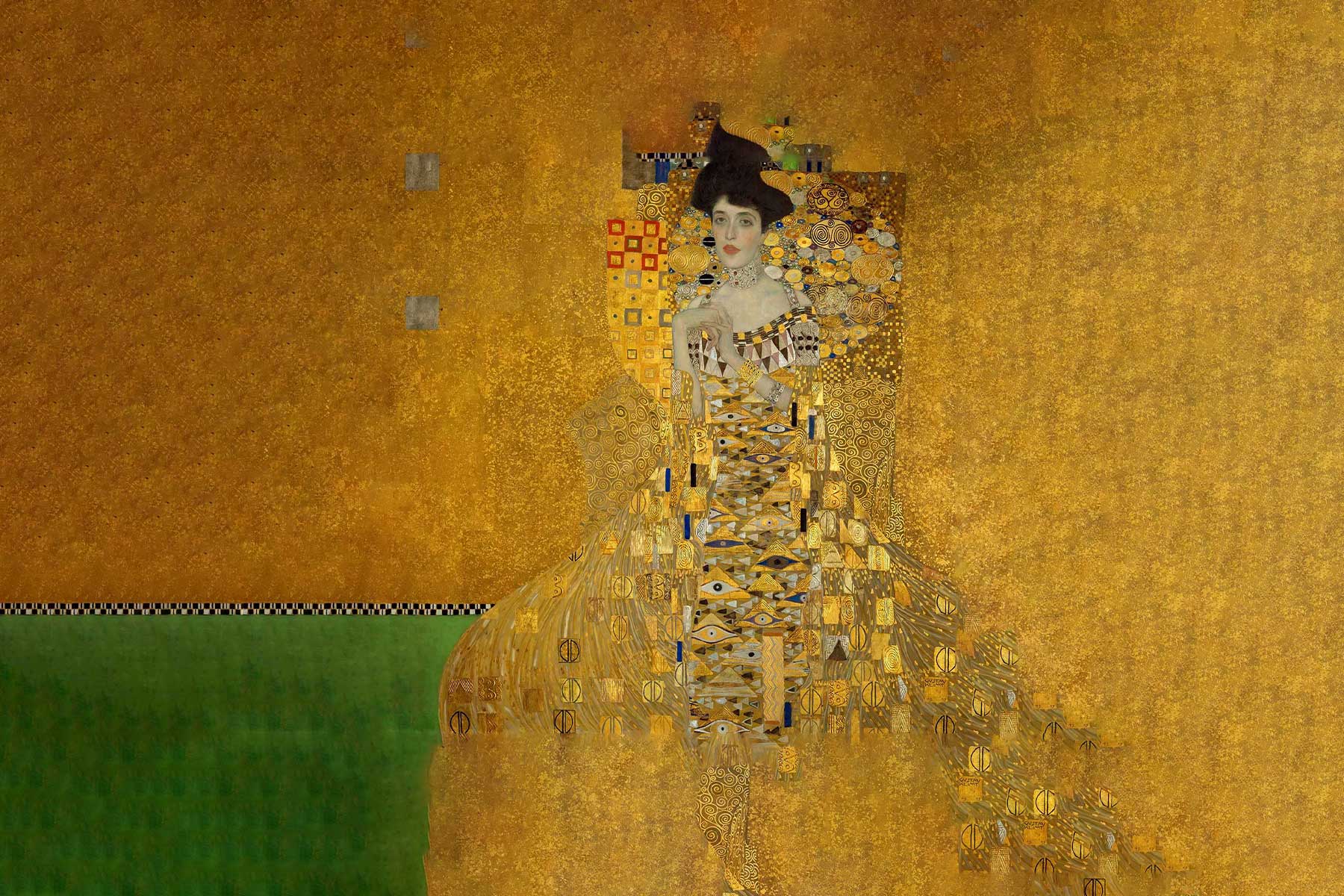Exploring John William Waterhouse's "The Lady of Shalott"
In the world of Victorian art and literature, there are few works as fascinating and haunting as John William Waterhouse's painting The Lady of Shalott. Inspired by Alfred, Lord Tennyson's poem of the same name, this masterpiece encompasses themes of isolation, longing and the conflict between art and reality. Let's delve deeper into the rich web of meaning woven into this iconic work of art.
Background of the painting
" The Lady of Shalott " has its roots in Tennyson's famous poem, first published in 1832. The poem tells the tragic story of a young woman cursed to live in a tower on the island of Shalott, where she spends her days weaving a tapestry and viewing the outside world only through her reflection in a mirror. Forbidden to look directly outside, she remains isolated until one day she sees the brave Sir Lancelot pass by in her mirror. Overcome by desire and longing for connection, she defies the curse and looks out her window, sealing her tragic fate.

🎨 Oil on canvas, 1888, 153 x 200 cm, Tate Museum in London
🎨 Reprint at artlia: The Lady of Shalott
A prominent member of the Pre-Raphaelite movement, Waterhouse was heavily influenced by Tennyson's poetry and the Pre-Raphaelite aesthetic. His painting "The Lady of Shalott", completed in 1888, captures the essence of the poem in vivid detail and brings the story to life on canvas.
Description of the painting
At the centre of the painting is The Lady of Shalott herself, surrounded by the tools of her trade - a loom, a spindle and the complex tapestry she is weaving. Her gaze is fixed on the mirror, which reflects the outside world in tantalising fragments. The room is dimly lit, with soft, ethereal light filtering through the window, adding to the atmosphere of mysticism and enchantment.
The lady's expression is full of longing and melancholy, her pale features marked with sadness as she gazes at Sir Lancelot's reflection in the mirror. Her hands hover over her work, momentarily forgotten in her longing for connection beyond the confines of her tower.
Themes and Symbolism
Central to both the poem and the painting is the theme of isolation. The Lady of Shalott is trapped in her tower, cut off from the outside world by the curse that binds her. The mirror, her only window to the world, becomes both a source of fascination and a prison, reflecting the beauty and attraction of the world beyond her reach.
The tapestry she woven symbolizes her creative spirit and the artistic impulse that drives her. But it also serves as a metaphor for her imprisonment, as she is condemned to create beauty that she can never fully experience for herself.

🎨 Emphasis on artlia: The Lady of Shalott
The arrival of Sir Lancelot represents the awakening of desire within the lady and challenges her to confront the limits of her existence. His reflection becomes a symbol of forbidden temptation, leading her to break the curse and look out the window in a desperate quest for connection and love.
Artistic style and technique
Waterhouse's mastery of color, light and composition is evident throughout the painting. The use of rich, jewel-toned tones creates a depth and atmosphere that draws the viewer into the world of the Lady of Shalott. The play of light and shadow adds to the drama of the scene and gives the lady's face a soft, unearthly glow.
The attention to detail is exquisite, from the complex patterns of the tapestry to the delicate features of the lady herself. Each brush stroke conveys a sense of emotion and longing, inviting the viewer to immerse themselves in the story unfolding before them.
Historical and cultural context
In the context of the Victorian era, "The Lady of Shalott" reflects prevailing attitudes towards women, love and the role of art in society. The lady's isolation reflects the constraints placed on women in Victorian society, who were confined to domestic roles and had no autonomy over their own lives.
Still, her resistance to the curse speaks to a deeper desire for freedom and self-expression that challenges the rigid social norms of the time. Waterhouse's painting captures the tension between conformity and rebellion, inviting the viewer to question the limitations of their own lives.

🎨 Emphasis on artlia: The Lady of Shalott
The Victorian era was marked by a fascination with medievalism and romanticism, both of which are evident in The Lady of Shalott . The Arthurian legend provided fertile ground for exploring themes such as chivalry, love and tragedy.
Heritage and Influence
" The Lady of Shalott " has left an indelible mark on art history, inspiring countless interpretations and adaptations over the years. Its timeless appeal lies in its timeless themes of love, longing, and the search for meaning in a world full of limitations.
From paintings and illustrations to films and musical compositions, the story of the Lady of Shalott captivates audiences worldwide. Each new interpretation offers a fresh perspective on the timeless story and reminds us of art's enduring power to transcend boundaries and touch the human soul.
Waterhouse's paintings have also influenced subsequent generations of artists, from the Pre-Raphaelites to contemporary painters. His lush imagery and emotional depth continue to inspire artists who seek to explore the human experience through art.
Conclusion
In John William Waterhouse's " The Lady of Shalott " we find a timeless expression of longing, isolation, and the desire for connection. Through his masterful use of color, composition, and symbolism, Waterhouse brings Tennyson's poem to life in vivid detail, inviting us to reflect on the complexities of the human experience.
As we gaze upon the enchanting beauty of the Lady of Shalott, we are reminded of the power of art to awaken emotions, stimulate thoughts, and illuminate the deepest recesses of the human heart. In a world filled with uncertainty and division, the story of the Lady of Shalott serves as a touching reminder of the ongoing search for love, beauty and meaning in our lives.
Waterhouse's painting stands as a testament to the enduring power of art to transcend time and space and to provide comfort and inspiration to all who encounter it. In the words of Tennyson himself: "The loom fell and spread; The mirror leapt from side to side; 'The curse has come upon me,' cried The Lady of Shalott."

















